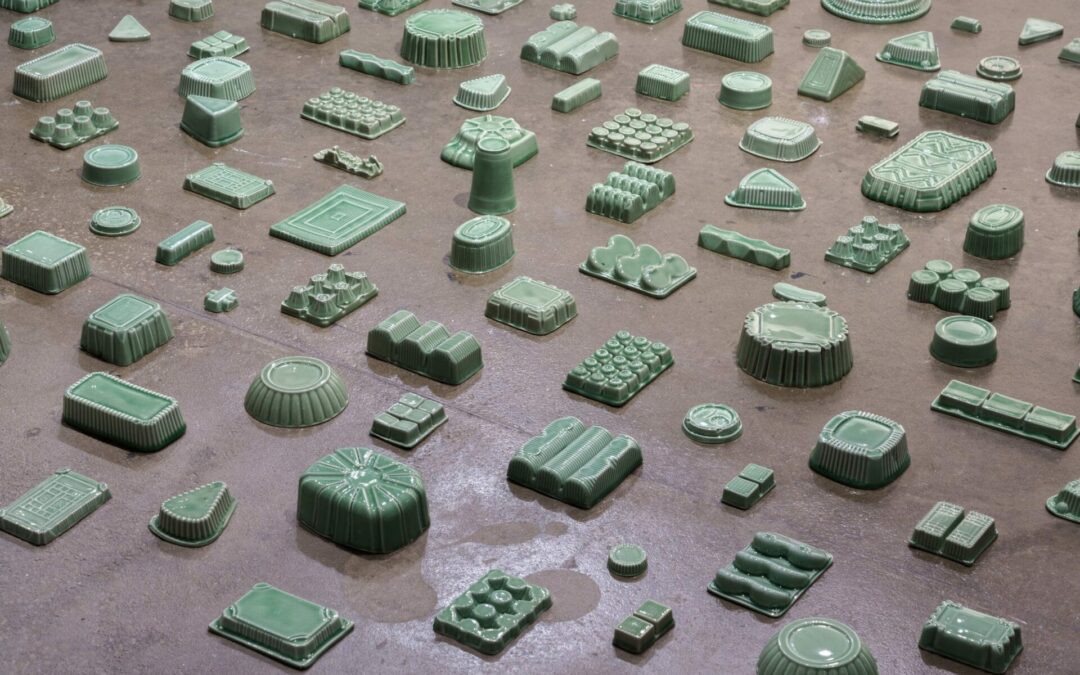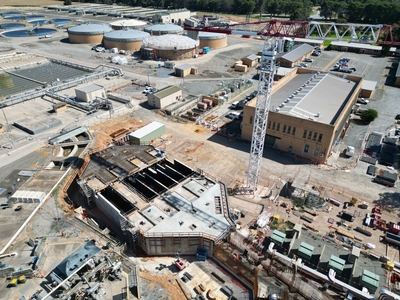
by Komoneed | Feb 26, 2024
Quick Key Facts What Are ‘Coral Reefs’? Coral reefs consist of hundreds of thousands of coral polyps — marine animal invertebrates with hard calcium carbonate exoskeletons. Different species grow to form a variety of measurements and shapes — from the size of a pinhead to as large as a foot in diameter. Coral colonies are […]
The post Coral Reefs 101: Everything You Need to Know appeared first on EcoWatch.

by Komoneed | Feb 26, 2024
Sponsored: A portfolio approach to carbon removals can unlock the scale we need to meet global net
zero goals.

by Komoneed | Feb 26, 2024
Electric car prices are already being slashed to meet new sales targets. We line up Jeep, Kia and VW rivals to see what’s on offer

by Grace Ebert | Feb 26, 2024
Most of us quickly dispose of late-night takeout evidence or the abruptly empty box from the cookies we polished off in a single sitting, but Yoonmi Nam preserves the remnants of her consumption in unforgiving ceramic.
The South Korean artist (previously) has spent the last few years collecting single-use containers like aluminum pans, egg cartons, and styrofoam cups that she slip casts, creating archeological sculptures of their interiors. “I am a collector of trash,” Nam says about her works, which put our relationship to consumerism and disposability front and center. More
Do stories and artists like this matter to you? Become a Colossal Member today and support independent arts publishing for as little as $5 per month. The article Yoonmi Nam Venerates the Insignificant with Her Ceramic Sculptures of Disposable Containers appeared first on Colossal.

by Komoneed | Feb 26, 2024
SA Water has just completed the single largest concrete pour at South Australia’s Bolivar Wastewater Treatment Plant — part of a $64 million upgrade that will create a new inlet structure at the facility.
More than 310 cubic metres of concrete was poured into the steel-lined base to create the inlet’s foundation, involving the coordination of around 50 mixing trucks across the complex 15-hour pour.
Bolivar’s new inlet is being built to increase the plant’s capacity to receive and process higher projected flow rates of sewage as Adelaide’s population grows.
SA Water’s Senior Manager of Capital Delivery, Peter Seltsikas, said along with the slab pour, the project has achieved a number of other milestones, including delivery of new screens that will be retrofitted on the inlet and act as the plant’s first line of defence, capturing and removing inorganic material.
“We’ve also recently started replacing three of our existing inlet pipes — which transfer raw sewage from across metropolitan Adelaide to the plant — while they remain temporarily connected to the existing inlet structure,” Seltsikas said.
Bolivar’s capacity to receive sewage from the network will more than double to about 630 million litres per day once the new inlet is operational.
A 20-tonne tower crane was deployed next to the inlet’s concrete slab to help crews lift equipment and pipes into place, along with large panels to facilitate concrete form work.
“Once the new inlet is complete, we’ll change the connections over and construct an additional three inlet pipes to accommodate increased flows that will come into the plant as the local population grows,” Seltsikas said.
“Despite ticking off the project’s single largest concrete pour, we anticipate we’ll need a further 1990 cubic metres, with our team now working on forming the concrete roof structure, overflow channels and walls.”
Seltsikas said SA Water hoped to begin installing the inlet’s mechanical equipment in the next few months. This process will involve eight customised screens, major support steel structure and ancillary items such as penstocks and stoplogs that control and isolate the flow of sewage.
To accommodate future projected flows, Bolivar’s capacity to receive sewage from the network will more than double to around 630 million litres per day once the new inlet is operational.
Top image caption: More than 310 cubic metres of concrete was poured into the steel-lined base to create the inlet’s foundation across the 15-hour operation.





